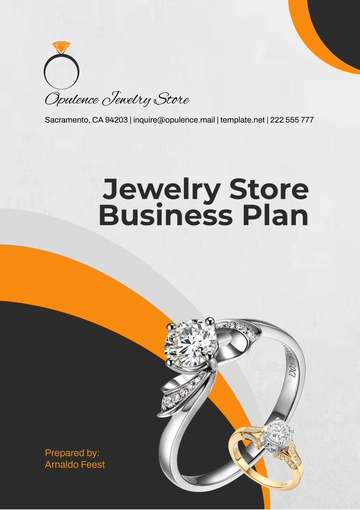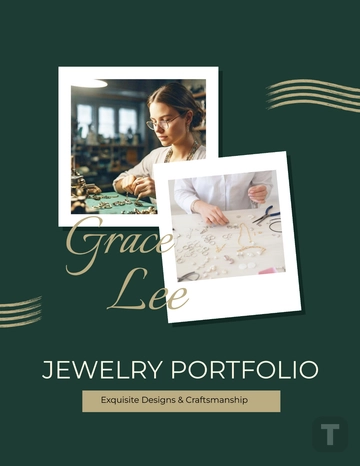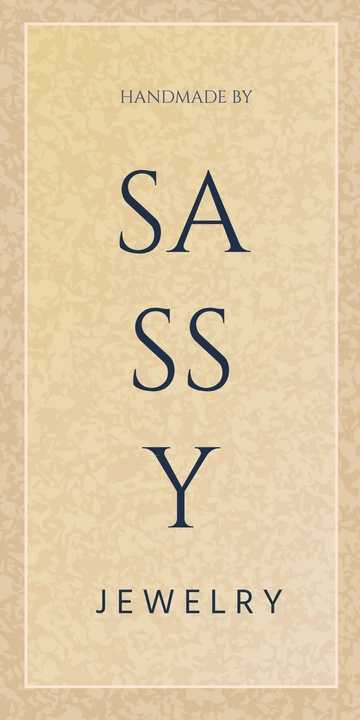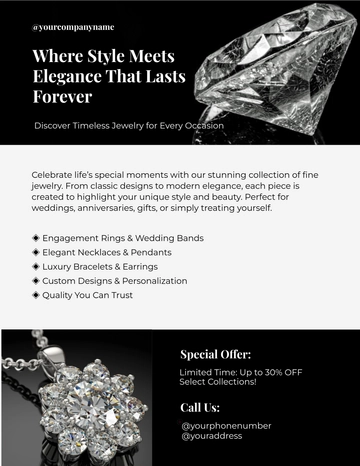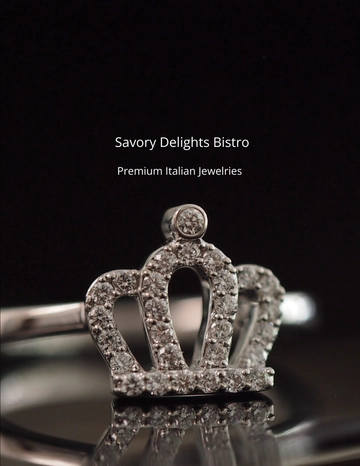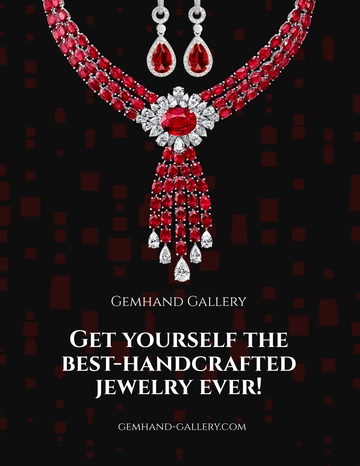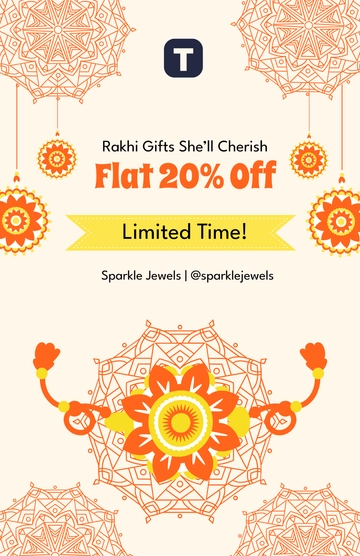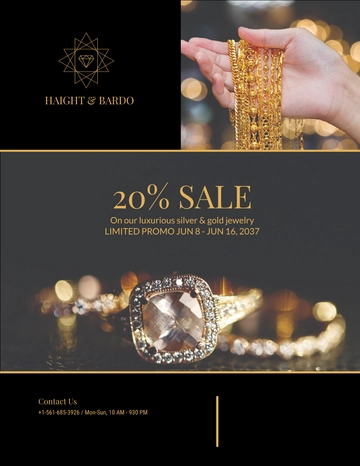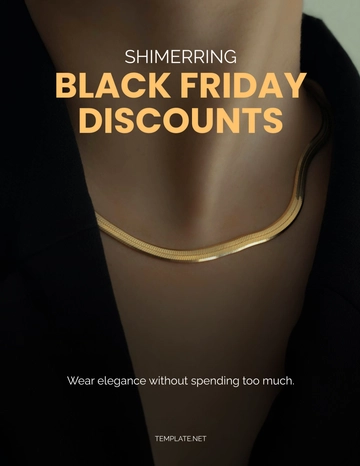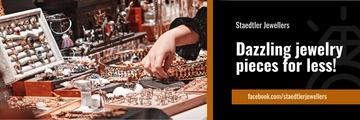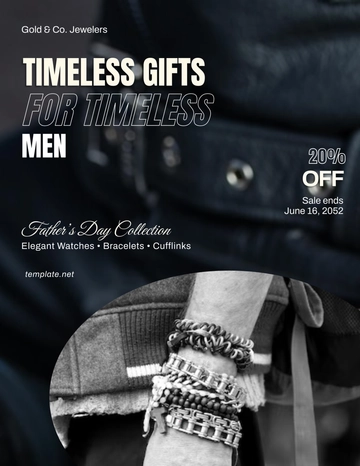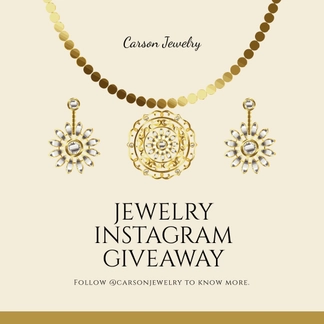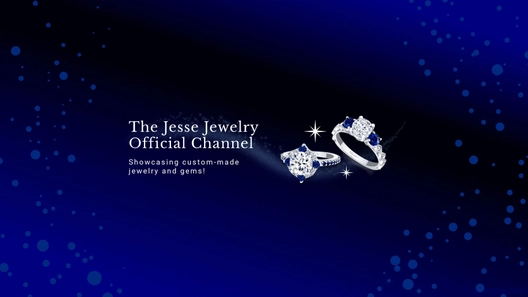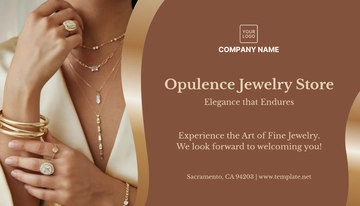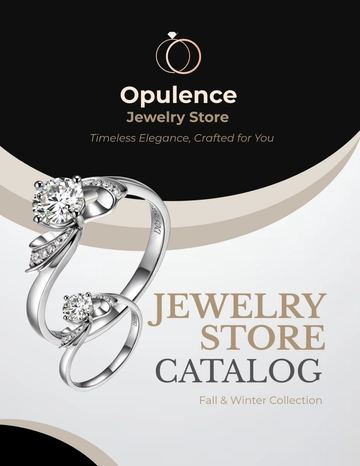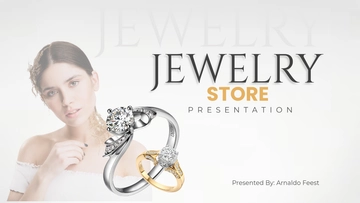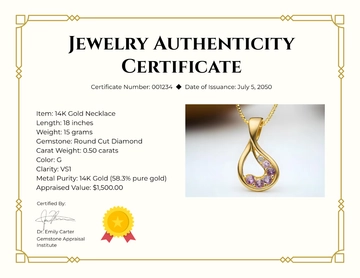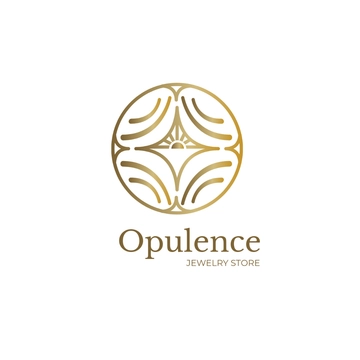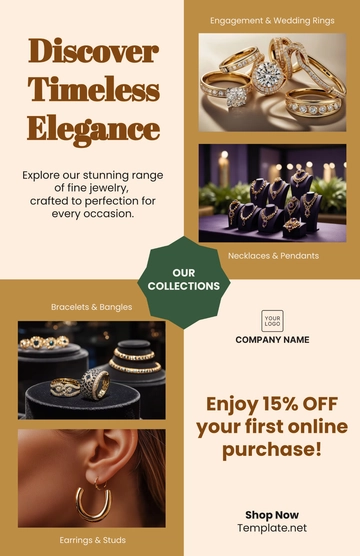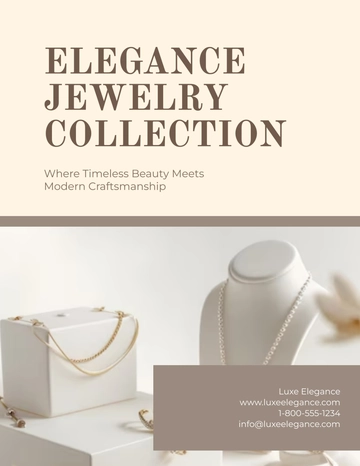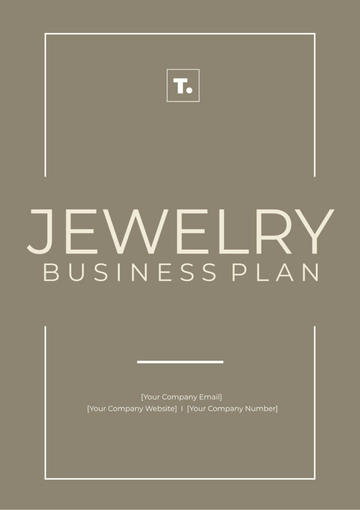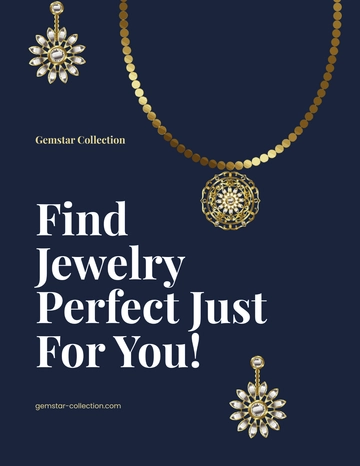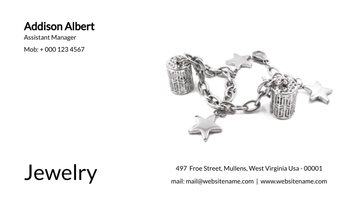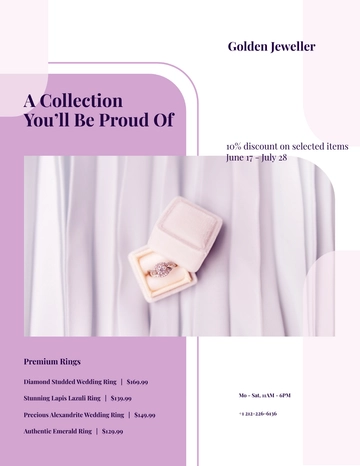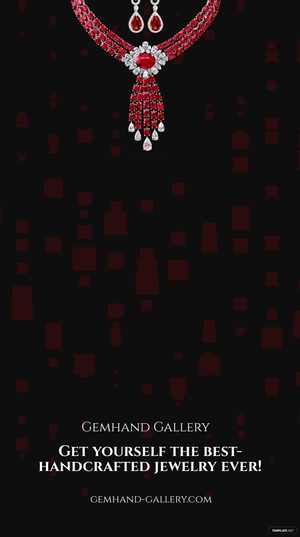Free Jewellery Marketing Case Study
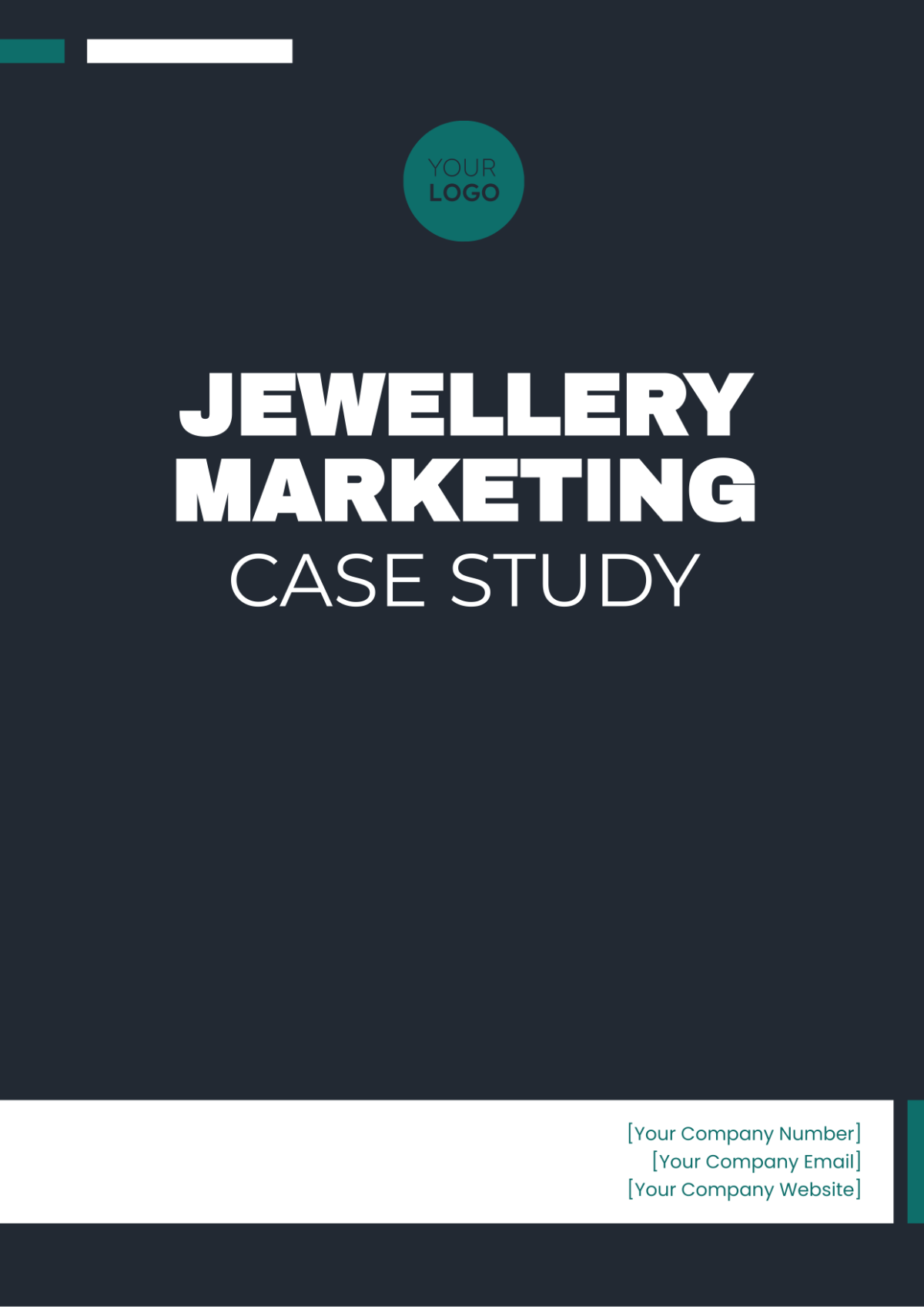
I. Executive Summary
In this case study, we conduct a detailed examination of a successful marketing campaign focused on promoting jewellery products or brands within the industry. The analysis explores the campaign's objectives, implementation tactics, and outcomes, providing valuable insights into effective marketing approaches tailored to the jewellery sector.
II. Introduction
A. Background
[Your Company Name] is a renowned jewellery brand known for its exquisite designs and superior craftsmanship. With a competitive market landscape and evolving consumer preferences, the company embarked on a strategic marketing campaign to enhance brand visibility and drive sales.
B. Objectives
The primary objectives of the marketing campaign were to:
Increase brand awareness and brand recall among target audiences.
Drive traffic to online and offline stores.
Boost sales revenue through targeted promotions and campaigns.
III. Strategy and Tactics
A. Target Audience
The campaign targeted affluent individuals, fashion enthusiasts, and gift buyers who value quality and luxury in jewellery purchases.
B. Messaging and Content
The messaging strategy focused on highlighting the unique features and craftsmanship of [Your Company Name]'s jewellery collections, emphasizing elegance, sophistication, and timeless beauty.
C. Channels and Outreach
The campaign utilized a combination of digital and traditional marketing channels, including:
Social Media Advertising: Targeted ads on platforms such as Instagram and Facebook to reach a wider audience.
Influencer Partnerships: Collaborations with fashion influencers and celebrities to endorse and showcase [Your Company Name]'s jewellery collections.
Email Marketing: Personalized email campaigns featuring exclusive promotions and product launches to engage existing customers and attract new ones.
IV. Implementation
A. Campaign Timeline
The campaign was executed over six months, from January to June, with distinct phases for planning, execution, and evaluation.
B. Execution
The campaign execution involved meticulous planning and coordination across various teams, including marketing, design, and sales. Regular monitoring and optimization ensured the campaign's effectiveness and alignment with strategic goals.
V. Results and Analysis
A. Key Metrics
Key performance metrics of the campaign included:
Social Media Engagement: Increased likes, shares, and comments on campaign-related posts.
Website Traffic: Growth in website visits and page views, particularly on jewellery product pages.
Sales Revenue: Boost in sales revenue attributed to campaign-driven promotions and offers.
B. Impact
The marketing campaign significantly contributed to enhancing [Your Company Name]'s brand visibility, driving customer engagement, and ultimately increasing sales revenue within the jewellery industry.
VI. Lessons Learned and Future Recommendations
A. Success Factors
Key success factors of the campaign included:
Strategic alignment of messaging with target audience preferences.
Leveraging the influence of social media influencers to expand reach and credibility.
Personalized and timely communication through email marketing to nurture customer relationships.
B. Challenges and Opportunities
Challenges such as ad fatigue and changing market trends highlighted the importance of agility and adaptability in marketing strategies. Opportunities for future campaigns include exploring emerging digital platforms and refining targeting strategies.
C. Future Recommendations
Based on the campaign's outcomes, future marketing efforts should focus on:
Continuously monitoring and adapting to evolving consumer preferences and market dynamics.
Investing in data analytics and customer insights to drive more personalized and targeted marketing campaigns.
VII. Conclusion
In conclusion, the success of [Your Company Name]'s jewellery marketing campaign underscores the effectiveness of a well-planned and executed marketing strategy tailored to the unique needs and preferences of the jewellery industry.
VIII. Appendix
The appendix provides supplementary materials and data analysis reports to support the findings and conclusions of the jewellery marketing campaign case study, offering deeper insights into its execution and impact.
A. Campaign Visuals
Social Media Ads: Examples of targeted advertisements showcasing [Your Company Name]'s jewellery collections on platforms like Instagram and Facebook.
Influencer Partnerships: Images or videos featuring fashion influencers and celebrities wearing or endorsing [Your Company Name]'s jewellery products.
B. Performance Reports
Social Media Engagement Report: Metrics including likes, shares, comments, and impressions generated by the campaign's social media content.
Website Traffic Analysis: Data on website visits, page views, and conversion rates attributed to the campaign's digital marketing efforts.
Sales Revenue Dashboard: Overview of sales revenue generated during the campaign period, broken down by product categories and promotional offers.
C. Customer Testimonials
Quotes or feedback from satisfied customers who purchased jewellery products as a result of the marketing campaign, highlighting their positive experiences and satisfaction with [Your Company Name]'s products and services.
Prepared By:
[YOUR NAME]
[YOUR POSITION]
[YOUR COMPANY NAME]
Contact Information:
[Your Company Email]
[Your Company Number]
[Your Company Website]
[Your Company Address]
- 100% Customizable, free editor
- Access 1 Million+ Templates, photo’s & graphics
- Download or share as a template
- Click and replace photos, graphics, text, backgrounds
- Resize, crop, AI write & more
- Access advanced editor
Introducing the Jewellery Marketing Case Study Template from Template.net! Elevate your brand's narrative with this meticulously crafted resource. Fully editable and customizable, it offers unparalleled flexibility to tailor your case study to perfection. Seamlessly integrate your insights and data with ease. Plus, enjoy the convenience of editing in our AI Editor too, for a truly streamlined experience. Unlock your marketing potential today!
